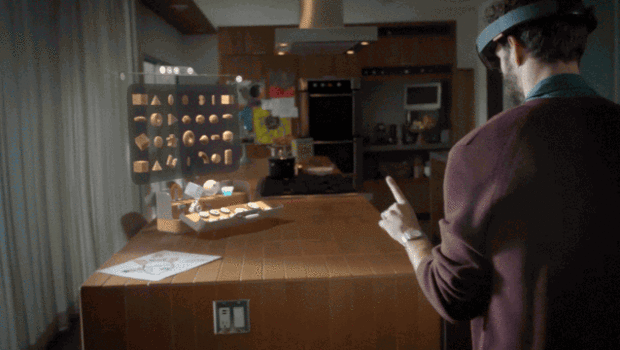DNA/How to Stop Worrying and Learn to Love the Internet
This piece first appeared in the News Review section of The Sunday Times on August 29th 1999.
A couple of years or so ago I was a guest on Start The Week, and I was authoritatively informed by a very distinguished journalist that the whole Internet thing was just a silly fad like ham radio in the fifties, and that if I thought any different I was really a bit naïve. It is a very British trait – natural, perhaps, for a country which has lost an empire and found Mr Blobby – to be so suspicious of change.
But the change is real. I don’t think anybody would argue now that the Internet isn’t becoming a major factor in our lives. However, it’s very new to us. Newsreaders still feel it is worth a special and rather worrying mention if, for instance, a crime was planned by people ‘over the Internet.’ They don’t bother to mention when criminals use the telephone or the M4, or discuss their dastardly plans ‘over a cup of tea,’ though each of these was new and controversial in their day.
Then there’s the peculiar way in which certain BBC presenters and journalists (yes, Humphrys Snr., I’m looking at you) pronounce internet addresses. It goes ‘www DOT … bbc DOT… coDOT… uk SLASH… today SLASH…’ etc., and carries the implication that they have no idea what any of this new-fangled stuff is about, but that you lot out there will probably know what it means.
I suppose earlier generations had to sit through all this huffing and puffing with the invention of television, the phone, cinema, radio, the car, the bicycle, printing, the wheel and so on, but you would think we would learn the way these things work, which is this:
1) everything that’s already in the world when you’re born is just normal;
2) anything that gets invented between then and before you turn thirty is incredibly exciting and creative and with any luck you can make a career out of it;
3) anything that gets invented after you’re thirty is against the natural order of things and the beginning of the end of civilisation as we know it until it’s been around for about ten years when it gradually turns out to be alright really.
Apply this list to movies, rock music, word processors and mobile phones to work out how old you are.
This subjective view plays odd tricks on us, of course. For instance, ‘interactivity’ is one of those neologisms that Mr Humphrys likes to dangle between a pair of verbal tweezers, but the reason we suddenly need such a word is that during this century we have for the first time been dominated by non-interactive forms of entertainment: cinema, radio, recorded music and television. Before they came along all entertainment was interactive: theatre, music, sport – the performers and audience were there together, and even a respectfully silent audience exerted a powerful shaping presence on the unfolding of whatever drama they were there for. We didn’t need a special word for interactivity in the same way that we don’t (yet) need a special word for people with only one head.
I expect that history will show ‘normal’ mainstream twentieth century media to be the aberration in all this. ‘Please, miss, you mean they could only just sit there and watch? They couldn’t doanything? Didn’t everybody feel terribly isolated or alienated or ignored?’
‘Yes, child, that’s why they all went mad. Before the Restoration.’
‘What was the Restoration again, please, miss?’
‘The end of the twentieth century, child. When we started to get interactivity back.’

